The age of the mysterious structures is estimated at 9000 years
In the region of Saudi Arabia, where the mysterious Neolithic structures, the so-called “Gates of Hell”, are located, scientists have about 400 structures built 9000 years ago back.
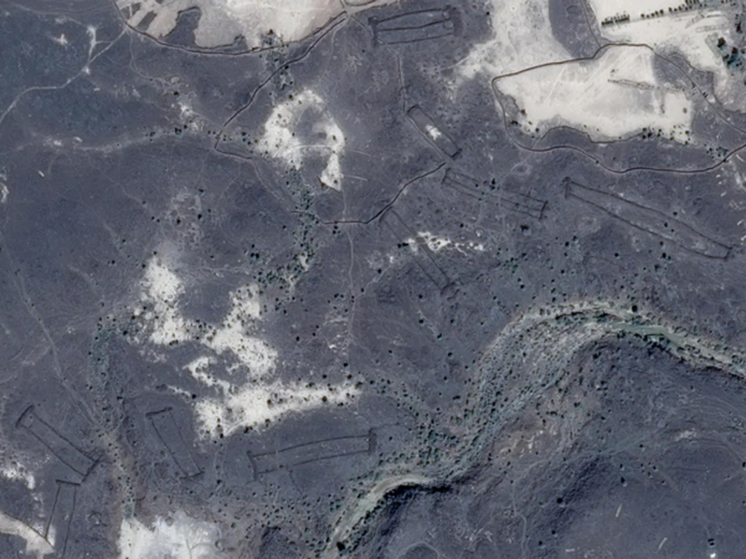 Photo: Google Earth
Photo: Google Earth
In addition to vast areas of sand and gravel, the western half of the Arabian Peninsula is home to extensive lava fields known as Kharaat. One such deposit is Harrat Khaybar, an area of 14,000 square kilometers, which is located approximately 137 kilometers northeast of Al-Medina, says Arkeonews.
This is one of the largest volcanic fields in Saudi Arabia, with many evidence of past volcanic activity. The volcanic field was formed as a result of eruptions that occurred over more than five million years, and the last event, according to NASA, was recorded between 600 and 700 AD.
Archaeologists have found evidence that people once lived here among the lava flows, although it was once one of the most inhospitable places on the planet.
When satellite images revealed hundreds of 9,000-year-old structures , the experts were stunned. Stone Age walls found in volcanic fields were called the «Gates of Hell» because their short, thick brick stacks, interconnected, resembled barred gates when viewed from above.
Along with the gate-like structures, archaeologists also discovered a number of ancient walls that resembled kites and circular structures.
So-called “desert kites” They are mostly stone fences that were probably used as animal traps.
According to the European Geosciences Union (EGU), it is possible that these hunting traps were not intended to capture and kill animals, but rather represented the first attempt at domesticating animals.
The Sydney Morning Herald first reported in 1977 that «mysterious round stone formations, reminiscent of those found in Europe, are scattered throughout this arid country on hilltops and in valleys far from human habitation.»
However, only with the appearance of new Satellite images identified these formations as the remains of Neolithic communities, notes Arkeonews.
Although the surrounding Bedouin tribes had long referred to the stone formations as «the work of ancient men», David Kennedy of the University of Western Australia was the first to document them in the field of Western archaeology. Kennedy identified approximately 400 stone walls.
The research included aerial photography and documentation of structures called «Mustatil,» which means «rectangle» in Arabic, in the Khaybar and Alula areas.
Dr Hugh Thomas from the University of Western Australia studied the area in 2022, he told Arab News: “In the past, archaeological excavations in the region have focused primarily on the Fertile Crescent, which runs through Jordan, Israel, Syria and beyond , and little attention was paid to archaeological research. Attention is drawn to this early Saudi Arabian material. The reality is that in the Neolithic era these areas were much greener, and large populations of people and herds of animals could move through these landscapes.
Archaeologists now consider the Khaybar region to be “unique.” due to the wide variety of structures and their exceptional preservation in the arid local climate.
However, there is no clear indication of what these structures may have been used for. One theory is that they were ritual structures, but until now archaeologists have had difficulty finding a practical reason for their construction.

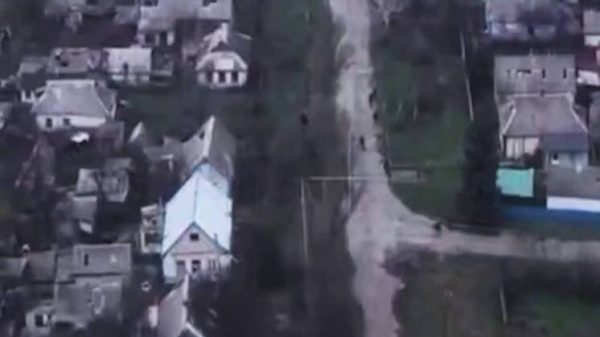






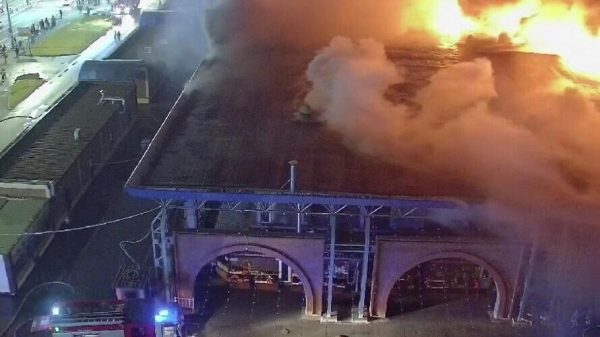










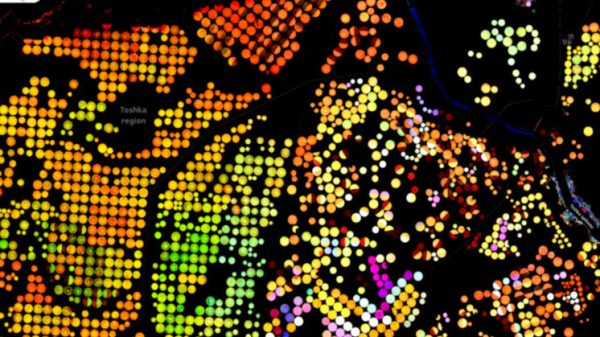
















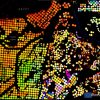


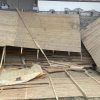








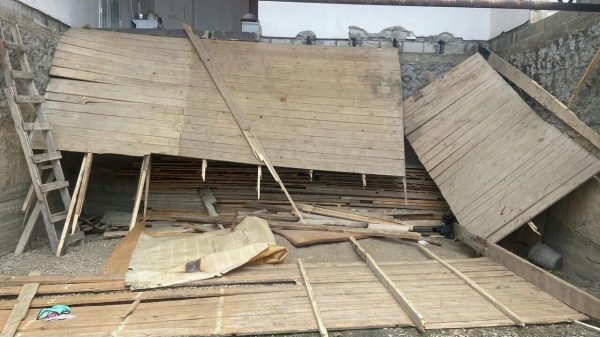
Свежие комментарии